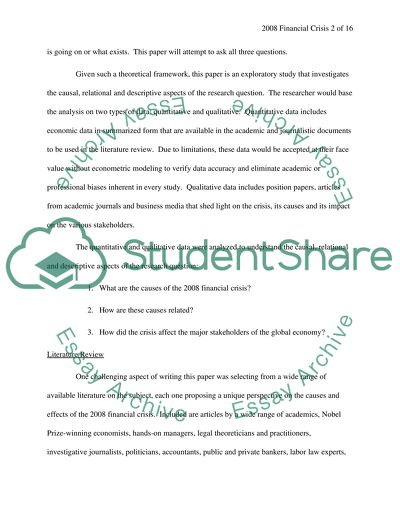Cite this document
(“2008 Financial Crisis - Analysis Of Causes And Implications Essay”, n.d.)
Retrieved from https://studentshare.org/environmental-studies/1417288-2008-financial-crisis-analysis-of-causes-and-implications
Retrieved from https://studentshare.org/environmental-studies/1417288-2008-financial-crisis-analysis-of-causes-and-implications
(2008 Financial Crisis - Analysis Of Causes And Implications Essay)
https://studentshare.org/environmental-studies/1417288-2008-financial-crisis-analysis-of-causes-and-implications.
https://studentshare.org/environmental-studies/1417288-2008-financial-crisis-analysis-of-causes-and-implications.
“2008 Financial Crisis - Analysis Of Causes And Implications Essay”, n.d. https://studentshare.org/environmental-studies/1417288-2008-financial-crisis-analysis-of-causes-and-implications.


